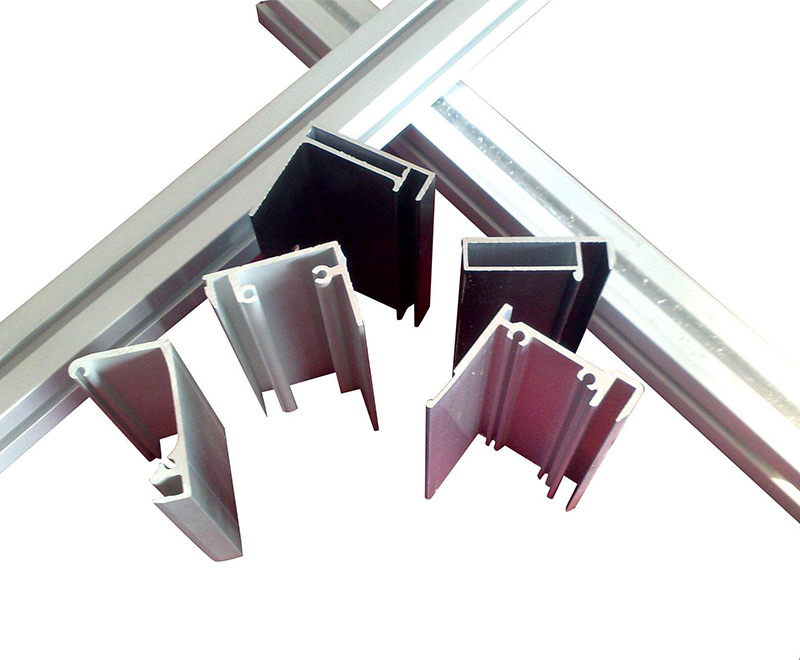How do I choose an aluminium profile?
Choosing the right aluminum profile involves considering various factors to ensure it meets the specific requirements of your project or application. Here are some key considerations to help guide your selection process:
1. Application Requirements
Identify the specific requirements of your application, including load-bearing capacity, structural integrity, corrosion resistance, and aesthetic preferences. Different aluminum profiles offer varying levels of strength, durability, and surface finishes to suit different applications.
2. Profile Type and Shape
Determine the type and shape of aluminum profile that best fits your needs. Common profile types include T-slot, square, rectangular, and round profiles, each offering unique features and benefits. Consider factors such as compatibility with accessories, ease of assembly, and design flexibility.
3. Alloy Selection
Choose the appropriate aluminum alloy based on the mechanical properties required for your application. Factors to consider include strength, hardness, machinability, weldability, and corrosion resistance. Common alloy series used for aluminum profiles include 6000 series (e.g., 6061, 6063) and 7000 series (e.g., 7075).
4. Profile Dimensions
Select the right profile dimensions, including width, height, and wall thickness, to meet the structural and dimensional requirements of your project. Consider factors such as load-bearing capacity, span length, and space constraints when determining the optimal dimensions for your aluminum profile.

5. Surface Finish
Consider the desired surface finish for your custom aluminum profile, such as mill finish, anodized, powder-coated, or painted finish. Each finish offers different levels of protection against corrosion, abrasion, and weathering, as well as aesthetic appeal. Choose a surface finish that aligns with your project's functional and aesthetic requirements.
6. Accessories and Compatibility
Ensure compatibility with accessories and fittings, such as connectors, fasteners, brackets, and end caps, that may be required for your application. Consider the availability and compatibility of accessories offered by the manufacturer or supplier of the aluminum profile system.
7. Quality and Certification
Select aluminum profiles from reputable aluminum profiles manufacturers or suppliers known for producing high-quality products that meet industry standards and certifications. Look for certifications such as ISO 9001 for quality management and ASTM or EN standards for material specifications and performance.
8. Cost and Budget
Consider the cost of the aluminum profile, including material, fabrication, finishing, and accessories, in relation to your project budget. Balance cost considerations with the desired quality, performance, and longevity of the aluminum profile to ensure value for money.
By carefully considering these factors and conducting thorough research, you can choose the right aluminum profile that best suits your application requirements, budget constraints, and quality standards. Consult with industry experts or suppliers for additional guidance and assistance in selecting the optimal aluminum profile for your project.
- Previous: High Heat Reflection As120 Prepainted Aluminized Steel ...
- Next: None

